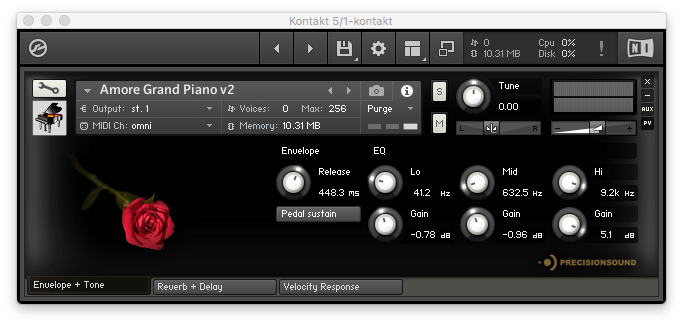
The female XLR connectors are designed to first connect pin 1 (the earth pin), before the other pins make contact, when a male XLR connector is inserted. This is slightly unusual as many other connector designs omit one of the styles (typically a chassis mounting male connector). XLR connectors are available in male and female versions in both cable and chassis mounting designs, a total of four styles. Neutrik made a number of improvements to the connector and its second-generation design (known as the X-series) had just four parts for the cable connector and eliminated the small screws used by both Cannon and Switchcraft, which were prone to working loose, falling out and becoming lost. The Switchcraft corporation later started manufacturing compatible connectors, followed by Neutrik.

ITT Cannon continues to manufacture XLR connectors in Japan. The Australian operation was sold to Alcatel Components in 1992 and then acquired by Amphenol in 1998. ITT Cannon originally manufactured XLR connectors in two locations: Kanagawa, Japan and Melbourne, Australia.
RUN KONTAKT 4 AND 5 SERIES
There was also an XLP series which used a hard plastic insulation, but was otherwise the same. Originally manufactured as the Cannon X series, by 1950 a latching mechanism was added ( Cannon XL) and by 1955 a version surrounding the female contacts with a synthetic rubber polychloroprene (neoprene) insulation using the part number prefix XLR. Cannon, founder of Cannon Electric in Los Angeles, California (now part of ITT Corporation), and for this reason it was sometimes colloquially known as a Cannon plug or Cannon connector. The XLR connector was invented by James H. Variety of male and female XLR connectors with different numbers of pins


 0 kommentar(er)
0 kommentar(er)
